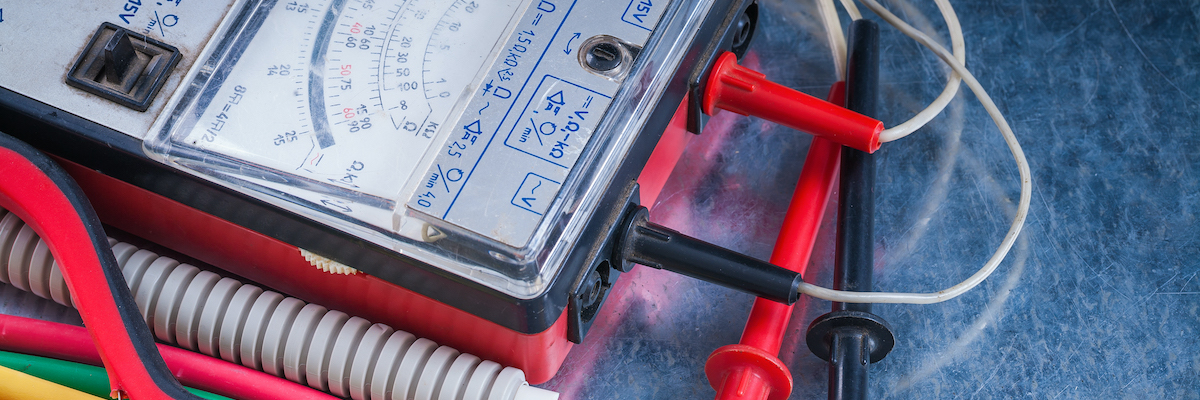What is Electrical Resistance?

If you work around live electricity, understanding electrical resistance, what is used to measure electrical resistance, and how to test electrical resistance is crucial. But what is electrical resistance? Electrical resistance refers to the ability of an object to resist the flow of electrical current. The material, size, and shape of an object will all impact its relative resistivity. Read on with our experts for a greater understanding of electrical resistance.
What is Electrical Resistance Measured In?
Now that we have established that electrical resistance essentially translates to how difficult it is for electricity to pass through an object, you may be wondering, “What is electrical resistance measured in?” Electrical resistance is measured in ohms (R or Ω). For ohmic materials such as wires, the resistance of electrical current is constant across the object. Objects that do not follow this relationship (known as Ohm’s law) are considered to be nonohmic or nonlinear.
Naturally, you may be wondering, “What is used to measure electrical resistance?” An ohmmeter is a device used to measure the electrical resistance of an object. A microhmmeter is used to make low resistance measurements. Megohmmeters (Megger) are used to measure large-scale levels of resistance.
Why is Electrical Resistance Important?
Electrical resistance can be both helpful and harmful depending on the context. If you are trying to transmit energy across a conductor, resistance is unwelcome. Resistance causes some electrical energy to convert to heat, so some energy can be lost. The heat caused by resistance can also become hazardous if it causes an overload. Not only will materials be hot to the touch and could cause burns, but an overload could cause a fire if the heat reaches a point where it can melt insulation.
On the other hand, electrical resistance and the heat it causes can be incredibly useful when used properly. Many household appliances use electrical resistance for heating and cooking, and electrical resistance is used in lighting as well. The dichotomy that exists between electrical resistance itself being both a tool and a hazard underlines the importance of understanding conductivity and resistance when working with even common household items.
Electrical Resistance for Different Types of Water
You may have heard that water is a conductor for electricity. Actually, pure water is an excellent insulator! All naturally occurring water has metallic elements or minerals in it that conduct electricity, thus making it a very bad idea to mix water and electricity unless you want to be electrocuted. That having been said, water can also have strong resistance properties. What’s the electrical resistance under water? What’s resistance for distilled, aka pure water? Read more below!
The degree to which water resists an electric current is inversely related to how much salt is present. A high concentration of salt results in a low resistivity, and a low concentration of salt results in a high resistivity. Pure water has a resistivity of around 20,000,000 ohms, while open seawater has a resistivity of about 20-25 ohms.
Consult With Gateway Cable Company
Are you still wondering, “What is electrical resistance, or what is used to measure electrical resistance?” If you need clarity, contact Gateway Cable Company. Our team of seasoned experts can help you understand how to measure electrical resistance, what is electrical resistance measured in, and the importance of understanding electrical resistance and conductivity. From cable assemblies to adaptors, we have the equipment your job needs. Request a quote from us today to get started!
